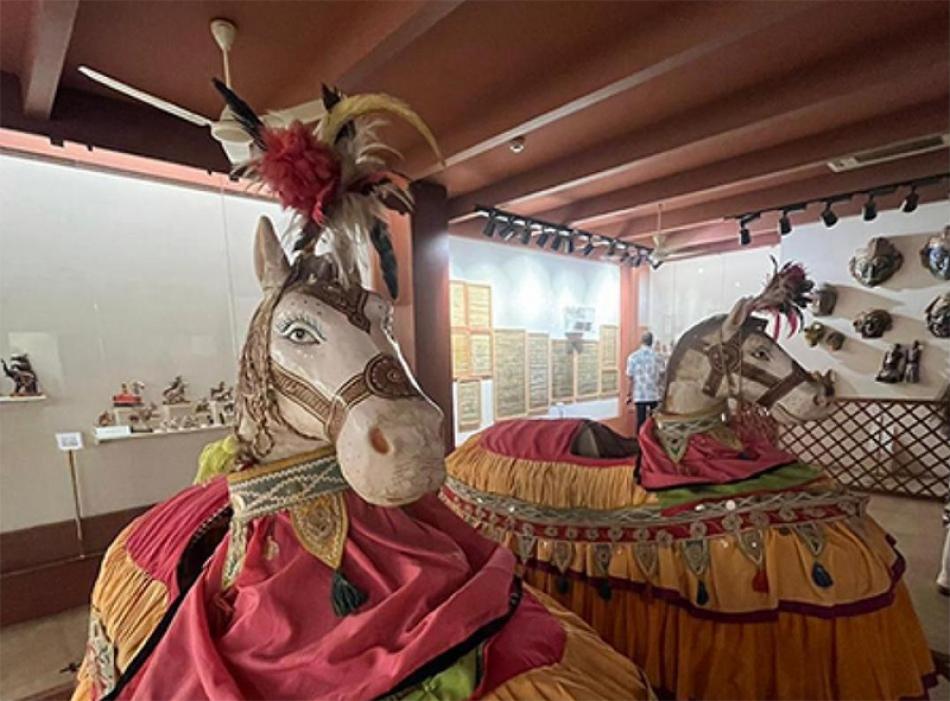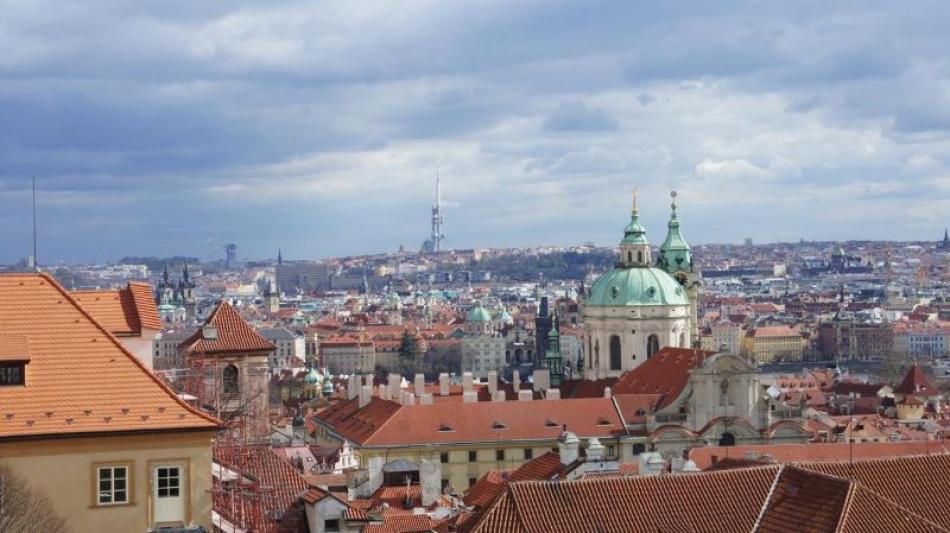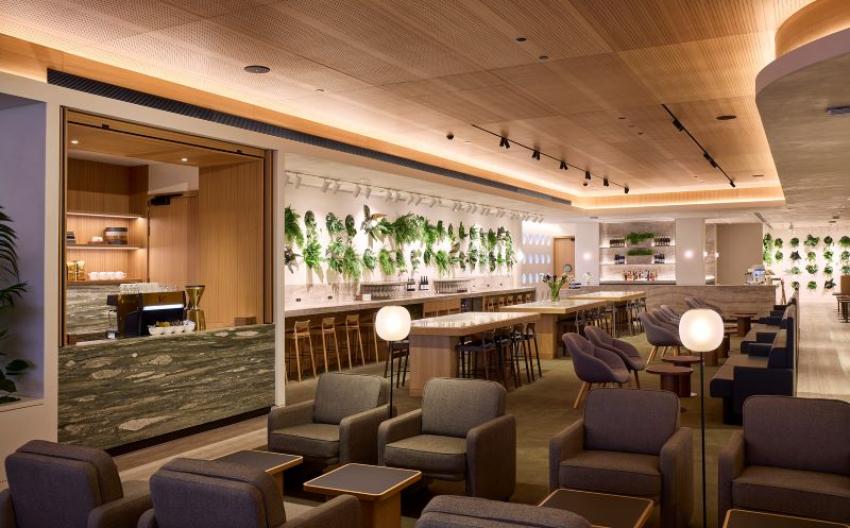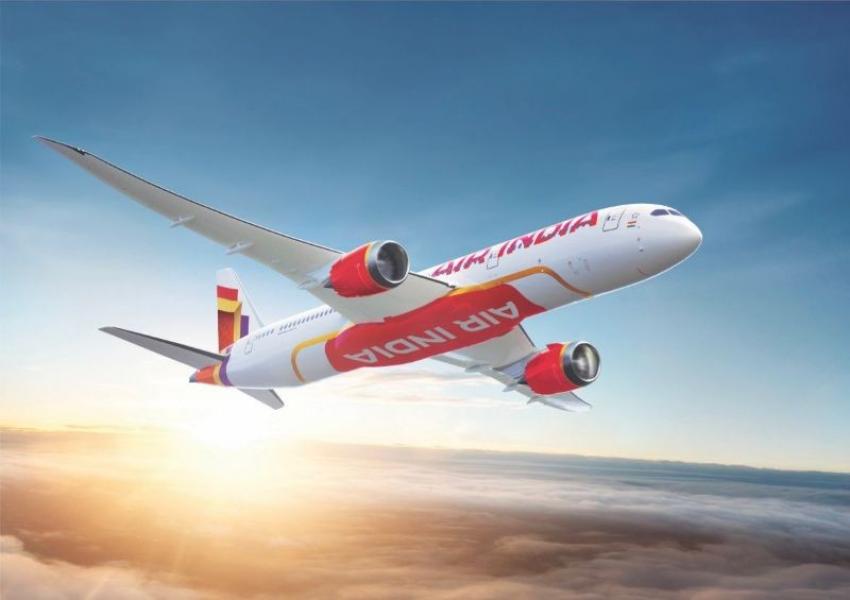Your Turn
First Person
Lanka lore: Tiger trail Jaffna
By Kingshuk Mukherji 29 Jan 2015, 07:16 am
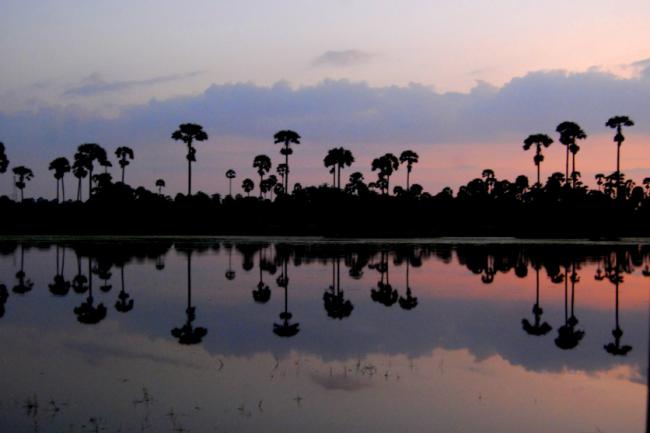
January 13, 2015
Who would say Jaffna was the epicenter of a violent ethnic conflict that bled the Sri Lankan nation white for decades? To the unaware, it’s a north Sri Lankan town, quaint, picturesque and unhurried with bungalows – many of them painted freshly in dignified shades – with green patches and coconut palms swaying lazily in the mild morning breeze.
Jaffna is clean, there’s hardly any litter. Winding roads snake in and out of neighbourhoods. Once a seat of learning and scholarship this northern city has a heritage. Then, the war came — a determined struggle for self-determination that turned bloody and spilled over into India. It flattened homes, destroyed lives, and spawned a guerrilla struggle that almost ripped the northern parts of the Island Nation from its body.
Some years ago in 2009, when LTTE was crushed, the city was gasping for breath. A doctor who served at Jaffna’s government hospital in the days of the war recalled the trying circumstances under which she had to treat patients. “The road to the mainland was blocked, there was fighting all around, very critical patients had to be airlifted to Colombo,” she said.
The hospital now has a fresh coat of paint, doctors and medicines. Those with difficult ailments are often driven to Anuradhapura or Colombo, which is some seven hours away. Even otherwise, comfortable air conditioned buses ply regularly. Most Jaffna neighbourhoods have banks, ATM machines, pharmacies, eateries and markets well stocked with provisions.
Where the expressway enters Jaffna, large Sri Lankan Airlines billboards advertise flights to new destinations, the cell phone company Dialog talks of rock-bottom rates and more talk time. The rail track, made functional again last October, runs along the speedway paved in concrete. The Yaal Devi diesel train pulls into the resurrected Jaffna station from Colombo — a key link once snapped by those who had set out to give birth to an independent nation. The guerrillas had ripped up the train lines using the embankment as firing position.
Today’s Jaffna is busy. Trade looks good. Tourist arrivals are up. Hotels and motels have come up. The roads are packed with auto rickshaws, buses, cycles, Baby Austin cars, Audis, Mercs and even souped up vehicles giving them a sporty look. Street corners have signages painted in blue.
On Victoria Street, stands Subhas Hotel, one of Jaffna’s oldest. The proprietors, who shifted to Kerala as the conflict raged, named their property after Subhas Chandra Bose – a leader they admire. After fighting died down and peace prevailed, they returned and rebuilt on the hardly-there remains of their once-popular hotel. Today’s Subhas Hotel is a competent facility with air conditioned rooms and tacky, pink mosquito nets strung up on the beds. The proprietors installed a black-and-white Netaji sketch on the hotel stairway when they resumed operations.
The hotel staff, auto drivers, shopkeepers and the man on the street seldom talks of the decades of bitter bloodletting they’ve lived through. But engage them a bit, scratch the deceptive surface of calm and memories of those agony days come pouring out.
Skeletal remains of Mantri Manai, a palace where ministers of Jaffna’s Tamil rulers once lived, stand as a showpiece of the conflict days. Its ornate gateway leads to a shell of what must have been the buzzing hub of a royal government. The cavernous windows stare into hollows of darkness.
Portly, cheerful Rajam is a security guard at the palace ruins. He scurries up to us wondering what we are up to. “Palace…minister palace,” he points to the crumbling structure. “LTTE camp here,” he informs. “See here, bullet marks,” he points to holes in the rough, grimy walls.
“I go India when war bad,” he says. I could fathom little from the stray words in English peppering his torrent of Tamil. Here’s what I made of his delivery. He seemed to say he knew what Sikhs look like. He had seen former Indian President Giani Zail Singh somewhere. He had sailed in a small boat to get to the Indian shore. And that was at night. “This palace bombed. Army bombs… From Jaffna fort,” he kept repeating. He pointed to a hole on the floor, the mouth of it half covered in debris and shrubbery. “Tunnel…going river…LTTE use”.
He then leads us to a chamber with high walls split in two levels with planks of wood. “Beds up,” he points to the rafters, seeming to say the section upstairs was a sort of a bedchamber. Some half a km from the mantri’s palace stands a gateway – the Cankilian Thoppu –façade of the last Jaffna king’s palace – a reminder of the city’s glory days that now stands weather-beaten under a tin shed.
Around the bend of the road not very far from the palace gateway are the gutted remains of a church, its walls black, roof blown off and compound overrun by shrubs — witnesses to terrible bloodshed. Among a clutch of billboards obscuring the gutted structure is one that’s in bold print: “Say no to destruction” – yet another relic of the war showcased, cautioning people never again to walk the path of confrontation. The government seems to be making sure its grip on every inch of land won back after considerable sacrifice remains firm. Army presence in the town is formidable, the landscape dotted with garrisons, thousands of boots on ground covering every flank.
Jaffna once had a library that was a treasury of rare texts, manuscripts and thousands of rare books – scholars from the world over made a pilgrimage to this great shrine of learning. At the height of the ethnic strife in 1981 arsonists burnt it down, drawing condemnation and protests. Soon after the Lankan army re-established its authority over the Northern parts, the government rebuilt the library. Today, it’s a replica of the old structure, on the same grounds that it stood, but a lot poorer in its collection, a distant replica of the original. Still, on a warm evening with the sun going down across the lagoon, it’s heartening to see readers engrossed in books, scholars at work, youngsters scanning magazines and newspapers.
The centuries old Nallur Kandaswamy Temple went through many ups and downs, was built and rebuilt several times. It’s a shrine of dignity and radiates gravitas. Dedicated to Lord Murugan, a high wall painted in neat bands of red and white surrounds the sanctum sanctorum. The gopurams are beautifully sculpted with bold figurines and the compound sits at the centre of a square with the road coiling around.
The shrine has been a traditional centre of spiritual energy and strength for the Jaffna people and they flocked to it for succour in their dark days. “At the height of the conflict, even the day the Tamil Tigers were making their last stand against the advancing forces, the doors to this revered shrine was open to devotees. It was our refuge then. It will remain our refuge forever,” Thyagarajan, a devotee, says as he takes off his shirt to enter the shrine. Men must present themselves before the presiding deity bare-torso and so I follow temple rules.
Another traditional institution that kept at it diligently through those troubled years of shelling, intrigue and ravage is the Jaffna ice cream. Next door to the Kandaswamy temple is the Rio Ice cream factory and restaurant. An eatery full of ice cream lovers at noon on a working day is a heartwarming sight. The Rio super sundae is a delight — creamy, aromatic and rich. For Jaffna residents it’s the best soul food they can have – a delicious bowl, sweet and icy, followed by a paan, which I’m told is called “beda” in these parts.
Jaffna sleeps early. By 7 pm the twilight hour, the streets empty out, traffic is thin. And, the lady at the Subhas Hotel reception advises: “Don’t stay out late. Everything closes down here. We retire early.” She wouldn’t tell you why, though. At a nearby motel, the man at the restaurant counter pleads he wouldn’t be able to give us the food we wanted. “You’ve to tell me early, too late.” But it’s only 7.30pm, you may tell him. But that doesn’t matter to him. “You come early tomorrow,” he closes the conversation.
Across the road from the motel, on Stanley Road, is the Naga Vihara, a Buddhist shrine that was rebuilt hurriedly after the conflict ended. Sanghamitra, Emperor Ashoka’s daughter while she was bringing the Maha Bodhi tree to Lanka, stopped by this place and the tree was planted here for a week before finally being taken to Anuradhapura. At the entrance is a temple dedicated to Hindu gods, a practice in most Lankan Buddhist shrines. The Vihara has a sprawling tree with many branches and it is calm underneath, a contrast to how it’s outside the shrine gates –placid on the surface, hurting, restive and festering beneath.
At the hard to discover Jaffna Archaeological Museum, they’ve been making an effort to preserve and showcase Jaffna’s glorious history. The mammoth skeleton of a whale is displayed under a shade, within are artefacts documenting the city’s amazing past, its history and heritage. This compound was once home to a celebrated Tamil poet.
On one Jaffna street stands a war-beaten, conflict-ravaged, bullet-riddled framework of what was once home to a prosperous family. Bang opposite is another that’s freshly constructed, or reconstructed perhaps. It’s snazzy, rich and well-appointed. The occupants of this new house crossed the road to a new beginning. But many still remain in the ruins. They too need to be shown the light.
(The writer is an Associate Editor with a leading Indian English daily and a passionate traveller)
Courtesy: http://kingshukmukherji.
Visit the original source at : https://kingshukmukherji.
More Your Turn
- Dia Mirza says JapanSurprises
- Shikhar Dhawan un-discovers Australia
- Journey through the frames of India
- Anthony Bourdain: The man who inspired me to move
- Pleasure of leisure
- Want to have best train ride? Visit Thailand!
- Lamp with 1001 wicks lighted in Bhopal
- Bhagoriya marks festivity of holi in tribal parts of Madhya Pradesh
- New York: Parks parks parks - from Hudson to East River
- Celebration on the streets of New York
Qantas launches new Aucklan ...
Qantas is set to open its new Auckland International Lounge on Dec 17, ahead of the peak holiday travel period, as the airline expands its trans-Tasman network. The new facility replaces the previous lounge and increases both floor area and passenger capacity.
Toronto to Rio: Air Canada ...
Air Canada has introduced a new non-stop route connecting Toronto with Rio de Janeiro, with the first flight landing in the Brazilian city on Friday morning.
Air India's partnership wit ...
Air India, India’s leading global airline, and Maldivian, the national airline of the Maldives, have entered a bilateral interline partnership aimed at boosting connectivity between the two countries.

